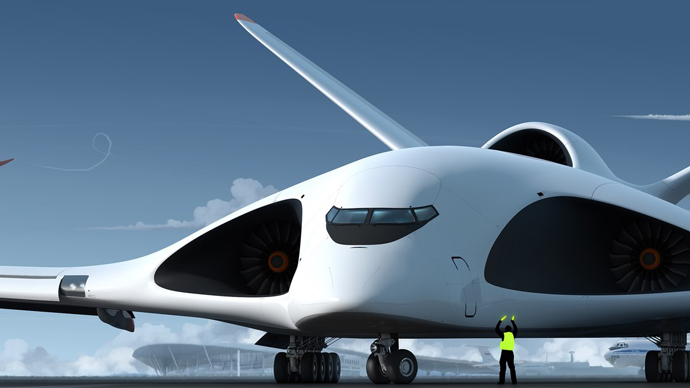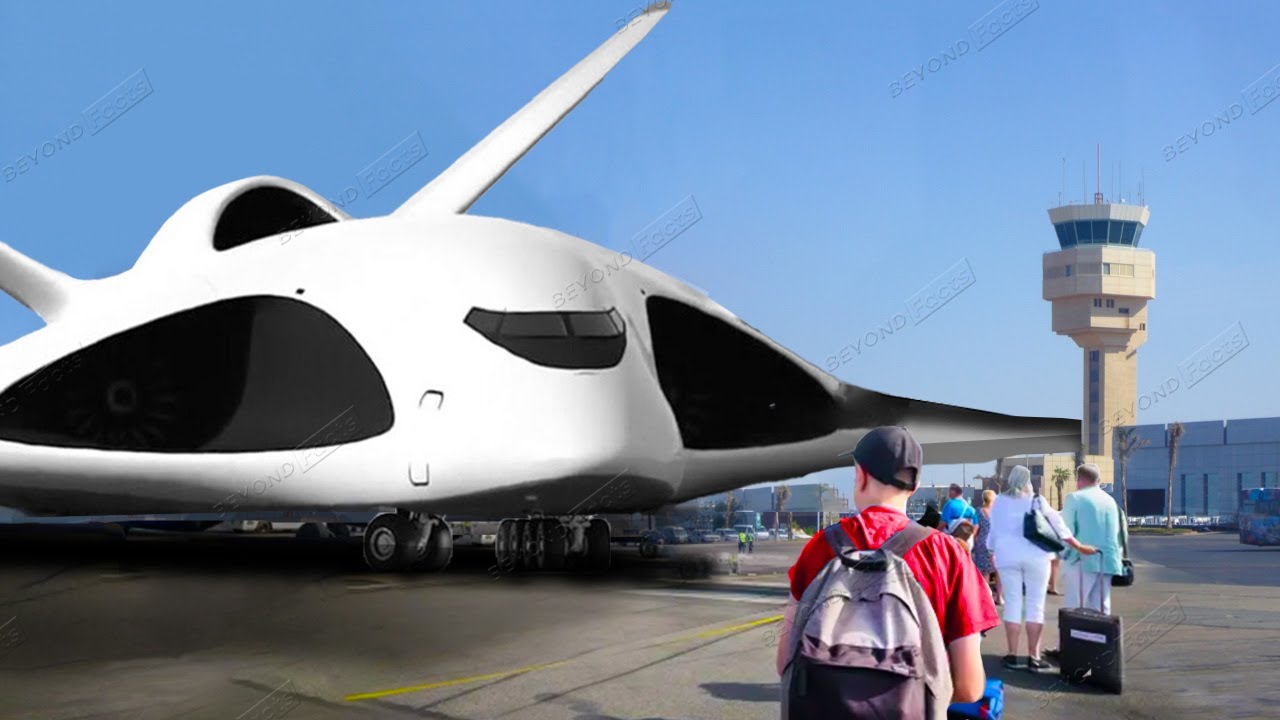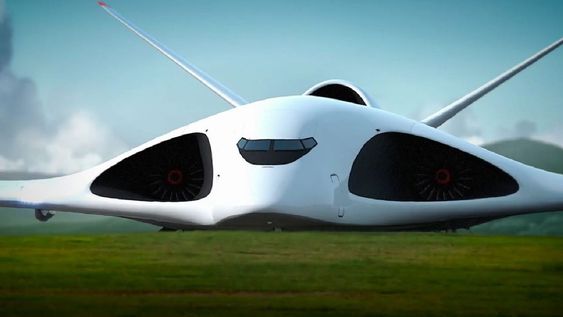Russia’s Ambitious Plan: Developing a Supersonic Cargo Plane for Rapid Global Transport
Russia, known for its technological prowess in aviation, has set its sights on an ambitious project: the development of a massive supersonic cargo plane. This state-run endeavor aims to create an aircraft capable of transporting heavy military equipment, including tanks, to any corner of the globe within a matter of hours. With an anticipated timeline of approximately a decade, Russia’s military is determined to realize this groundbreaking transportation solution.
The current means of transporting heavy equipment across long distances involve arduous logistical challenges and time-consuming processes. Recognizing the importance of rapid response capabilities, the Russian military seeks to revolutionize cargo transport by harnessing the power of supersonic speeds. By significantly reducing transit times, they hope to enhance their strategic mobility and bolster their military capabilities on a global scale.
While specific details about the proposed supersonic cargo plane are scarce, preliminary reports suggest that it will be a massive aircraft, designed to accommodate the transportation of tanks and other heavy military equipment. This emphasizes the need for a substantial payload capacity and specialized loading and unloading mechanisms to facilitate the seamless deployment of armored vehicles. Moreover, the aircraft is expected to possess supersonic capabilities, enabling it to achieve speeds exceeding the speed of sound (Mach 1) and significantly reduce transit times.
Developing a supersonic cargo plane presents several complex technological challenges. One of the primary obstacles is ensuring structural integrity and stability at high speeds, as the aerodynamic forces exerted on the aircraft become increasingly demanding. Additionally, managing the sonic boom generated by supersonic flight requires careful design considerations to minimize noise pollution and ensure compliance with international aviation regulations.
To overcome these challenges, Russia’s military is likely to draw upon its extensive experience in aviation and engineering. Advanced materials, such as composites and alloys, may be employed to enhance the structural integrity and reduce weight. Aerodynamic design optimizations, including the use of swept wings and streamlined fuselage shapes, can help mitigate the effects of high-speed flight. Furthermore, the incorporation of noise-reducing technologies and sophisticated sound insulation systems can minimize the impact of sonic booms on both the aircraft and surrounding areas.
The Russian military has set an approximate timeline of a decade to develop the supersonic cargo plane. This ambitious schedule reflects the complexity of the project and the extensive research, development, and testing required to achieve success. As with any cutting-edge aviation project, unexpected obstacles and delays may arise, but Russia’s commitment to this venture suggests a strong dedication to realizing this groundbreaking transportation solution.
If successful, a supersonic cargo plane could provide Russia with a significant strategic advantage in global military operations. The ability to swiftly transport heavy equipment to any part of the world could enhance their expeditionary capabilities, rapid response times, and force projection. Furthermore, the potential commercial applications of supersonic cargo transport could revolutionize global trade and logistics, with far-reaching economic implications.
Russia’s ambition to develop a supersonic cargo plane capable of transporting heavy military equipment across the globe in a matter of hours showcases its commitment to pushing the boundaries of aviation technology. While the project faces numerous technological challenges, Russia’s track record in aviation and its determination to realize this vision suggest a promising future. If successful, this groundbreaking aircraft could revolutionize cargo transport and solidify Russia’s position as a leader in the field of supersonic aviation.
Hits: 7









